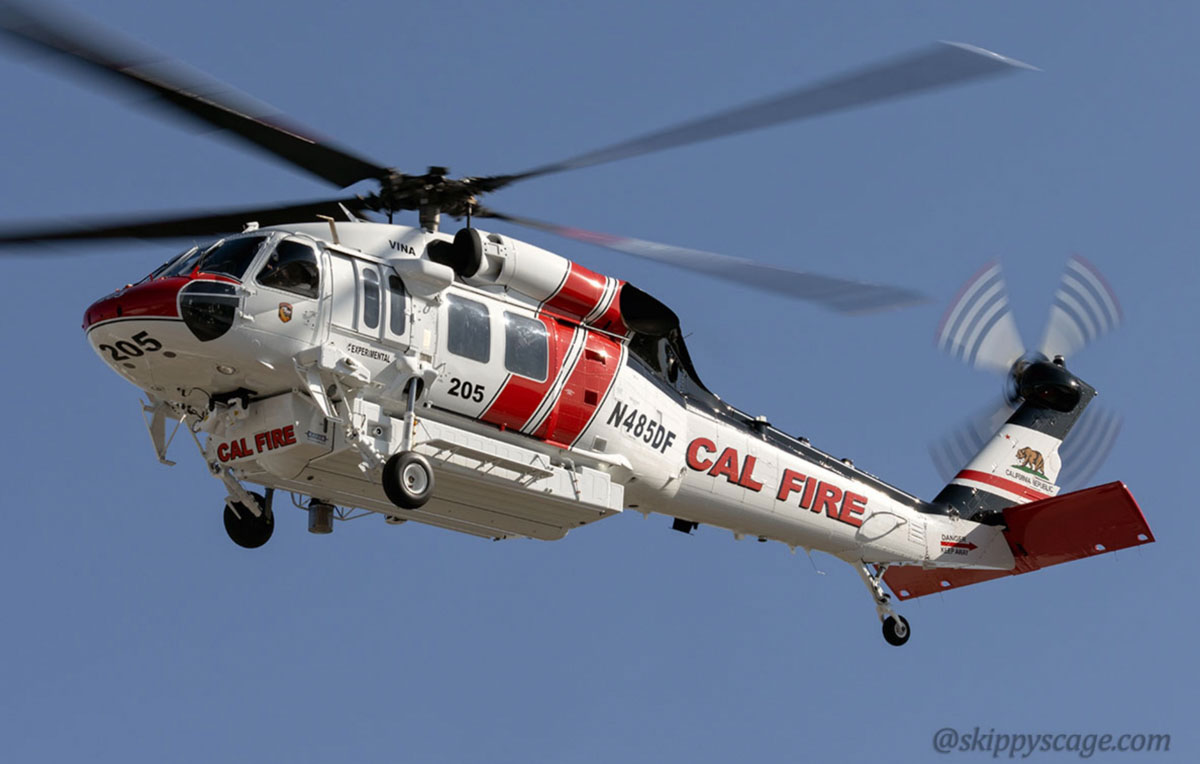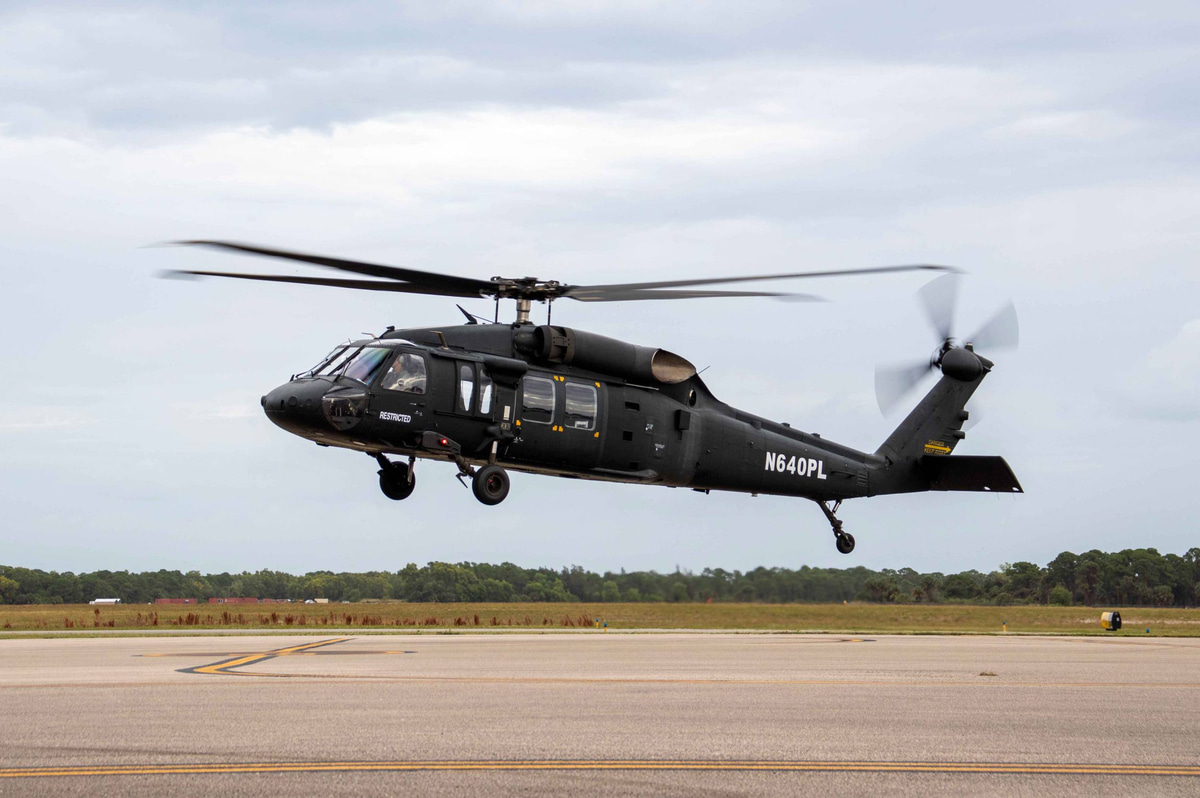Inside the Sikorsky S 70: What Establishes This Helicopter Apart from Its Competitors
Inside the Sikorsky S 70: What Establishes This Helicopter Apart from Its Competitors
Blog Article
Rotary-Wing Airplane Offering Superior Toughness and Precision Design
In the world of aeronautics, rotary-wing aircraft have actually long been identified for their special capacities in numerous operational atmospheres. From military goals to noncombatant applications, the development of rotary-wing innovation has actually led the way for devices that offer unmatched resilience and precision engineering. Via improvements in products and building techniques, paired with sophisticated flight control systems, these airplanes have come to be important tools for tasks that require both robustness and precision. As we discover the complex balance between technology and dependability in rotary-wing airplane, it becomes noticeable that the convergence of sophisticated innovation and tested style principles has set a brand-new standard for performance and efficiency in the aerospace sector.
Advancement of Rotary-Wing Technology
Throughout the history of air travel, the development of rotary-wing innovation has actually been a testament to regular innovation and improvement in aeronautical engineering. From the very early days of vertical trip with primary styles to the sophisticated helicopters and other rotary-wing airplane these days, the progress in this area has been exceptional.
In the very early 1900s, pioneers like Igor Sikorsky and Juan de la Cierva made significant strides in rotary-wing technology. Sikorsky's VS-300 helicopter, initial flown in 1939, marked an essential minute in the growth of sensible rotary-wing aircraft. This success led the way for further improvements in vertical flight abilities.

Today, rotary-wing aircraft play essential functions in various fields, consisting of armed forces operations, emergency situation medical solutions, regulation enforcement, and industrial transport. The advancement of rotary-wing innovation proceeds to press the boundaries of what is possible in upright trip, making certain that these airplane continue to be crucial possessions in the aeronautics industry.
Materials and Building Innovations
Demonstrating a fusion of sophisticated materials and accurate building techniques, rotary-wing aircraft have actually gone through substantial improvements in longevity and performance. One of the key technologies in materials used for rotary-wing airplane is the boosting utilization of composite products. These materials, such as carbon fiber enhanced polymers, provide a high strength-to-weight ratio, improving both the structural integrity and overall efficiency of the airplane. Additionally, improvements in producing procedures have actually enabled more specific and detailed construction of rotary-wing parts, contributing to enhanced aerodynamics and effectiveness.
Additionally, the integration of sophisticated finishes and surface area therapies has actually played an important function in boosting the longevity of rotary-wing airplane. These coatings provide defense against corrosion, abrasion, and severe weather condition conditions, extending the lifespan of the airplane and reducing upkeep requirements.
In terms of building and construction advancements, additive production, also known as 3D printing, has actually revolutionized the production of facility parts for rotary-wing aircraft. This technology enables fast prototyping and customization, causing much faster advancement cycles and minimized costs. Overall, the continual evolution of materials and construction techniques is driving the capabilities and efficiency of rotary-wing airplane to brand-new elevations.
Precision Flight Control Systems

The combination of GPS modern technology better improves the precision and dependability of these systems, permitting for exact navigating, waypoint tracking, and automated trip control. sikorsky s 70. This level of accuracy not only boosts the security of rotary-wing procedures yet likewise boosts general functional efficiency and objective efficiency
Furthermore, the constant advancements in expert system and artificial intelligence have promoted the advancement of autonomous flight abilities within Precision Flight Control Systems. This makes it possible for rotary-wing airplane to perform complicated objectives with unmatched accuracy and uniformity, making them essential assets in a variety of applications, including armed forces operations, search and rescue missions, and airborne photography.
Longevity in Challenging Atmospheres
Popular functional setups, rotary-wing aircraft demonstrate outstanding resilience and robustness, making certain optimum efficiency under challenging environmental problems. These aircraft are created to withstand a vast array of ecological variables, including severe temperatures, high winds, and harsh terrain, making them fit for different goals in diverse landscapes.
One vital aspect adding to the toughness of rotary-wing airplane is their rugged building. These airplanes are developed using top notch products and advanced engineering strategies to improve their architectural integrity find here and integrity. Additionally, parts such as rotor blades, engine systems, and landing gear are meticulously created to endure the stress and anxieties come across throughout operations in difficult environments.
Additionally, rotary-wing aircraft are outfitted with advanced onboard systems that monitor efficiency metrics in real-time, enabling for proactive upkeep and early detection of prospective issues - sikorsky s 70. This proactive method helps stop unforeseen failures and makes certain the continued airworthiness of the airplane in demanding operational settings. Generally, the sturdiness of rotary-wing airplane in tough environments is a testament to their premium engineering and design, making them vital possessions for numerous mission-critical procedures
Upkeep and Dependability Criteria
The adherence to rigorous upkeep and dependability criteria is extremely important in guaranteeing the optimum efficiency and safety of rotary-wing airplane. Routine maintenance checks, performed by certified specialists, are vital to recognize and deal with any kind of potential problems prior to they compromise the aircraft's performance. These checks incorporate a detailed examination of all important components, including the engine, rotor system, avionics, and hydraulic systems, to guarantee that they are in prime functioning problem.
In addition, adherence to scheduled maintenance intervals according to manufacturer guidelines is critical for upholding the airplane's integrity. This aggressive strategy assists prevent unexpected breakdowns and guarantees that the aircraft remains airworthy for its designated goals. Additionally, the implementation of robust dependability requirements, such as routine element testing and replacement based on fixed lifecycles, better boosts the airplane's stability.
Final Thought

In final thought, the innovations in rotary-wing aircraft innovation have brought about superior durability and precision engineering. With ingenious materials and construction techniques, together with precision trip control systems, these airplane can operate in tough settings with raised integrity. The maintenance and reliability standards guarantee that these rotary-wing aircraft continue to do at their finest, making them vital possessions for various industries.
Demonstrating a fusion of advanced products and specific building and construction strategies, rotary-wing aircraft have actually undergone substantial advancements in durability and performance. One of the crucial innovations in products made use of for rotary-wing aircraft is the enhancing utilization of composite materials.With thorough attention to information and advanced technological integration, rotary-wing aircraft have actually accepted Precision Flight Control Systems as a foundation of their functional excellence. On the whole, the durability of rotary-wing airplane in challenging settings is a testimony to their remarkable engineering and layout, making them indispensable possessions for numerous mission-critical procedures.
In final thought, the advancements in rotary-wing airplane modern technology have led to exceptional resilience and precision design.
Report this page